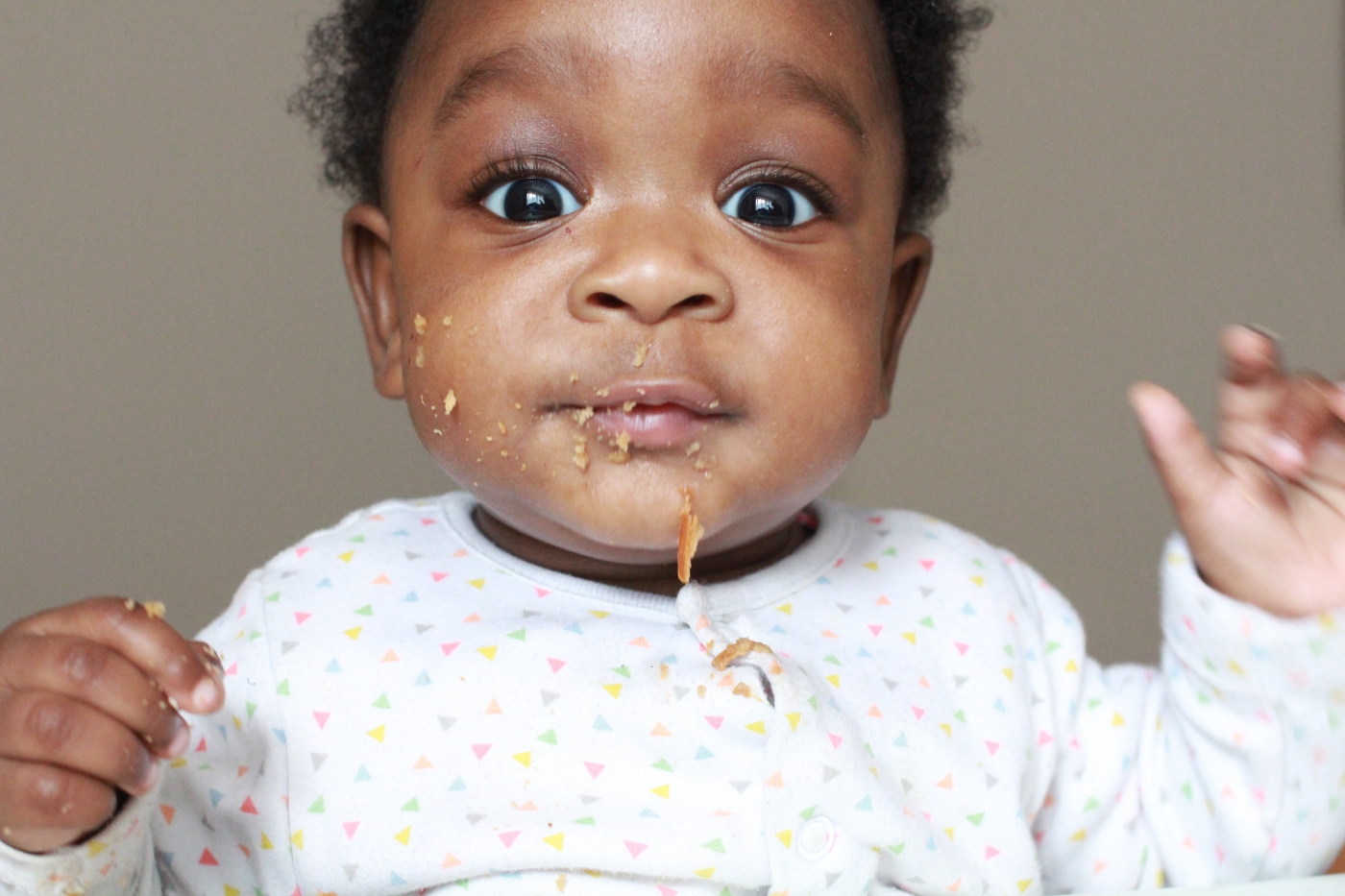Introducing Your Baby to Solid Food? Here Are 4 Tasty Recipes to Try

This post contains sponsored content.
Introducing your baby to solid food is a process that should only start when they’re four to six months old. For starters, you should consider the baby’s ability to hold their head up and let you move food from a spoon into their throat.
A 2013 study on NBC News reports that feeding them solids too early can put them at risk of chronic illnesses like obesity and poor nutrition, because they’re likely not getting the right amount of breast milk or formula. Not to mention, you might also be giving them more calories than the right nutrients. But if you’re absolutely sure that your baby is ready, here are some recipes you can make to introduce them to solid food:
Rice cereal porridge
This food is a perfect start since it’s easily digestible and has a very low risk of allergy. First, you’ll need to grind 1/2 cup to 1 cup of rice grains to powder, since your baby won’t be able to chew yet. Typically, you’ll have to keep an eye on it as it cooks in a pan on a stove. But you’ll be happy to know that using a Cuckoo rice cooker makes things easier, since it comes with settings that will make your porridge with just a press of a button. When it’s done, you can adjust the consistency by adding breast milk to dilute the porridge more.
Oatmeal
Oats are healthier than even brown rice, so feeding your baby oatmeal means you’re giving a lot of nutrients — such as fiber, protein, calcium, and omega-3 fatty acids. Whole oats are a great option for this compared to steel-cut oats and instant oats, since they give you the best of both worlds. They’re nutritious, don’t take much time to cook and are easy to blend into smooth purée. Just like the rice cereal, you can make it on a stove, but you can also just put oats and water in a rice cooker. Afterwards, you’ll need to blend and add more water according to how diluted you want the oatmeal to be for your baby.
Banana purée
Fruit or vegetable purées are very simple to make. Just put 1 cup of the ingredient in a blender and blend until very smooth. For a banana purée, choose a ripe banana with a few brown spots to give it the best flavor. When making fruit or vegetable purées, it’s better to not add any sugar or spices, so your baby will get used to the natural flavor. However, for certain kinds of purées, such as bananas, put in a few drops of fresh lemon or orange juice to help prevent it from browning.
Chicken purée
Puréed chicken might not sound like the most appealing thing to you, but chicken is full of vitamins, fat, and protein that are important for a developing baby. It’s quite simple to do, and depending on how you prepare it, it can taste like chicken noodle soup. Boil cubed chicken (ideally boneless skinless chicken breast or thigh), broth, and parsley on medium heat. Then simmer it on low heat until the chicken is just cooked through. After it cools, transfer the chicken to a Vitamix blender, then blend and add some broth until you reach the desired consistency. This particular blender blends anything smoothly, so you won’t have to worry about random whole bits.
After a few months of purées, your baby might be ready for soft finger foods like mashed potatoes, and later on table foods like scrambled eggs. Snacks from Beech-Nut Baby Food are also a great way to help your baby transition to solid food. Beech-Nut baby food is made from simple, real ingredients like fruits, vegetables, whole grains and meats with no added sugars or artificial preservatives. These snacks can be found in many varieties, including organic puffs, cereals and bars for babies who are at least eight-months-old.
Like we previously mentioned here on Hey, Black Mom, don’t be afraid to embrace their growth as they slowly get used to eating the same things you do.
